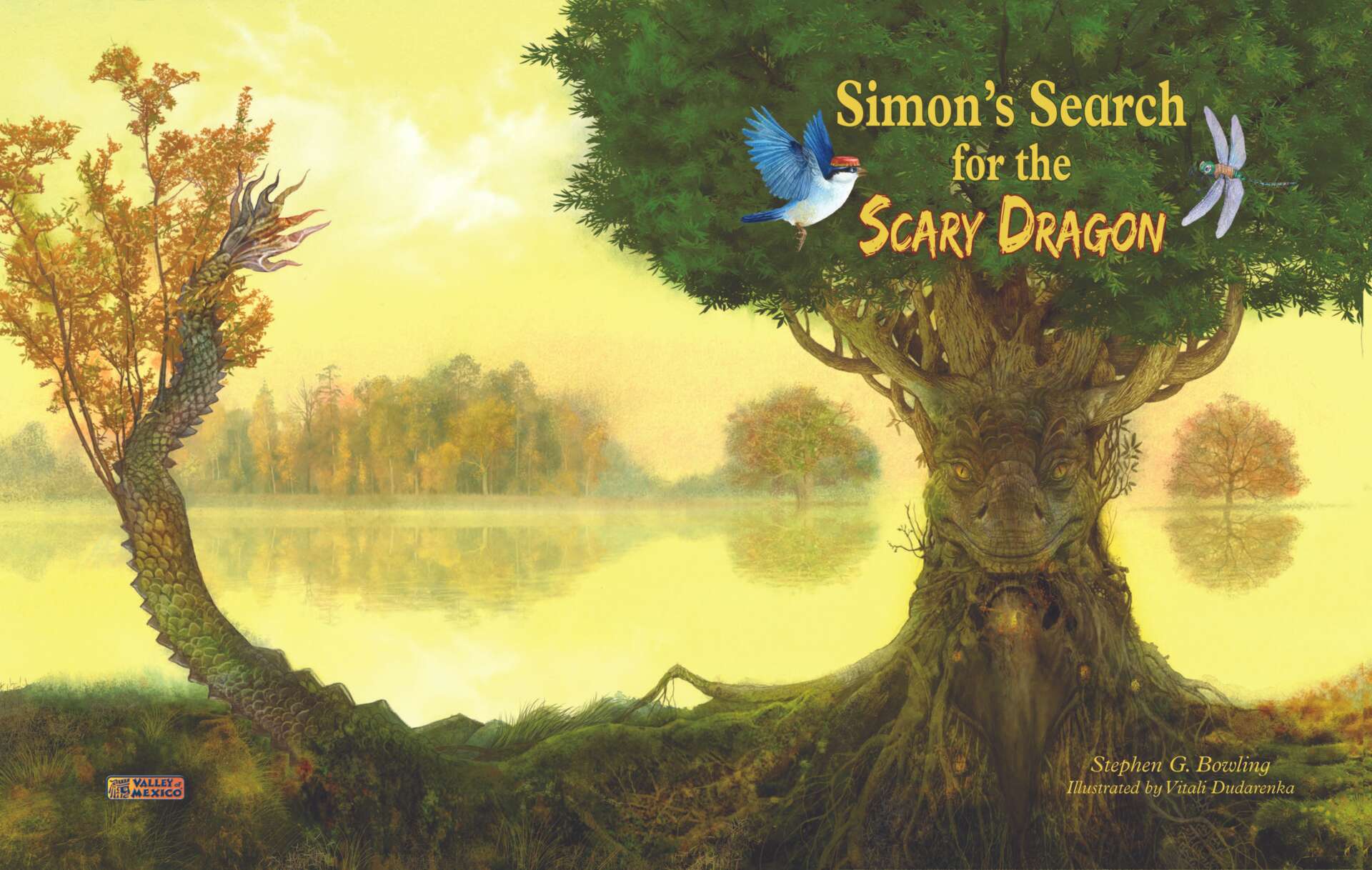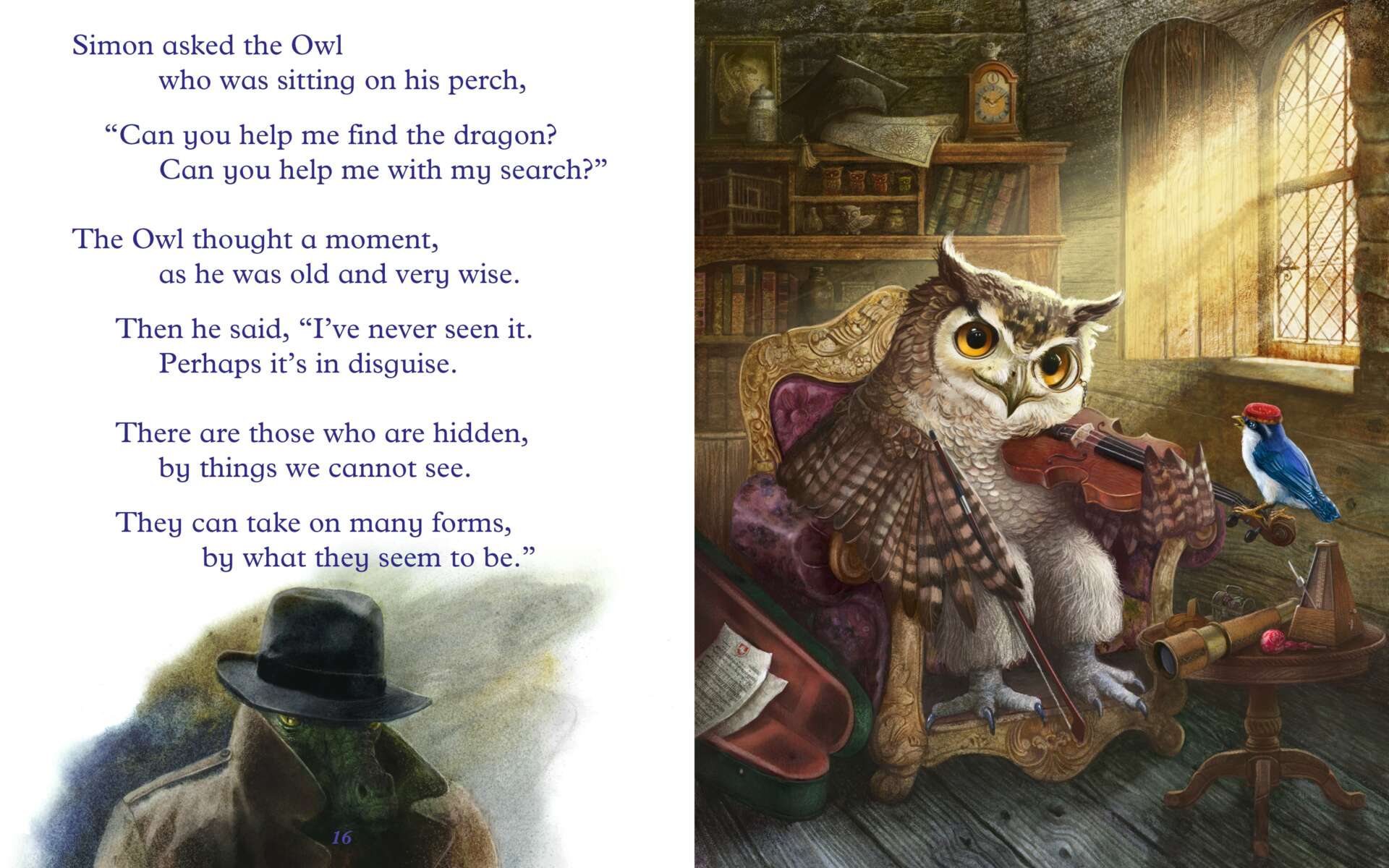We were lucky to catch up with Stephen Bowling recently and have shared our conversation below.
Stephen, thanks for joining us, excited to have you contributing your stories and insights. We’d love to hear about a project that you’ve worked on that’s meant a lot to you.
I got the idea for my first children’s book, Calvin the Christmas Tree from a personal experience I had on Christmas Eve a few years ago. I’m from Connecticut and I was visiting some friends in South Carolina. There were various families staying at a large cottage, and we all arrived a few days before Christmas. On Christmas Eve the ladies in our group decided we should have Christmas Tree and sent the men out on the task of buying a real tree. We dutifully went out and drove around the small town where we were staying only to discover that everything was closed and there were no real trees to be had. Desperate we tried a few more areas until we stopped in a lot where trees had been sold. It was closed and empty. One of us happened to see a small tree on its side in a far area of the lot. We were saved. Truth be told, the ladies didn’t think much of the tree, as it was rather small and sparse, but it was a tree and we accomplished our mission. Once decorated everyone was quite pleased with it. I thought what a wonderful story this could be for children, about a little tree that was abandoned and became a Christmas Tree after all.



Awesome – so before we get into the rest of our questions, can you briefly introduce yourself to our readers.
I became a children’s book writer as I did all of my entrepreneurial endeavors. I jumped in and figured it out as I went along. My first book was a story in prose. I then discovered that I particularly like to write in rhyming verse, which is much more challenging and much more enjoyable. It also helps children learn to read and understand the concept of language. The challenge with rhyming verse is that while you still have to write a good story you have many limitations. For young children the story is limited in size and vocabulary, yet still needs a beginning, middle, and end with a developed character who has a conflict of some sort and a resolution AND it has to rhyme. When writing rhyming verse, besides the cadence and rhythm which is vital, it is important that the words, the rhymes, advance the story and are not there just for the purpose of the rhyme. Another challenge for children’s book authors is that your audience, at least my audience is 4 to 8 years old, and adults who buy the books and read to children. Both need to, and should, enjoy the story. Children, and their parents, deserve a good, well-written story; hopefully one they will have fond memories of as an adult.



What do you find most rewarding about being a creative?
The most rewarding aspect of being a creative person is starting from nothing and creating something that other people enjoy and respond to. I have had many creative endeavors. One of which was a food company where I created a brand of Mexican food that was sold nationwide to supermarkets and sat on the shelves alongside the major brands. It’s a a thrill to see a product that was just an idea become reality, where consumers were choosing my brand over other very big company brands. Besides creating a food product that had a point of difference and that people would really enjoy and buy again, creating a label to represent the brand was a challenge in itself and an exciting one. Having limited resources, the label was my only billboard in a sea of competition. I had a second or two for a consumer to notice the label and decide to pick my brand over all of the others. It had to have a certain look and appeal. I had to go into the head of my customer and determine how they think and what attracted them. Even the name had to attract my customer. The thrill was seeing all of this come to life and succeed. For me, as a creative person that is especially rewarding.



Do you think there is something that non-creatives might struggle to understand about your journey as a creative? Maybe you can shed some light?
If you are not creative it is difficult to understand how we think, as it is difficult for me to understand how mathematical people think. I marvel at their thought process. I am fascinated by astrophysics, yet I don’t understand any of it. Mathematical people see the world differently than I do, and that’s wonderful. I am not a very organized person, at least not as many people are, and while I try I will never be as organized as people who a good at it. The best thing to do is to get help from people who have skills that you do not. It seems we can’t be good at everything, or at least most of us can’t. Do what you are good at, and hire or get help from those who are good at what they do. Of course, that doesn’t mean you shouldn’t try. Thinking differently challenges us and I believe makes us better at what we who well. I like looking at the world of equations and realizing it’s a language people use. That starts me on a journey of understanding that daunting world. For non-creatives, try to look at the world of possibilities, where you can bend and shape reality. Don’t see what something is, rather what it might be in a world of possibilities.
Contact Info:
- Website: https://StephenGBowling.com/
- Instagram: https://www.instagram.com/stephengbowling
- Facebook: https://www.facebook.com/stephengbowling
- Linkedin: https://www.linkedin.com/in/stephenbowling
- Youtube: https://www.youtube.com/@stepheng.bowling9400
- Other: Goodreads: https://www.goodreads.com/author/show/19443914.Stephen_G_Bowling Prometheum Foundation: https://prometheumfoundation.org/
Image Credits
Illustrator Vitali Dudarenka


